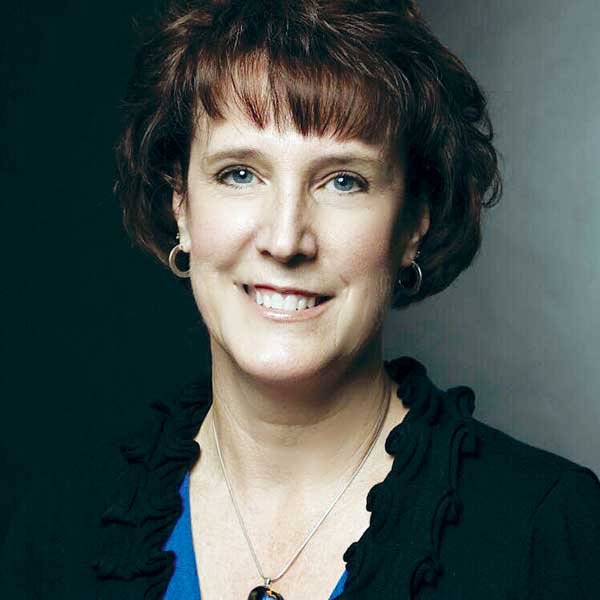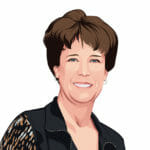
The day I wrote this article, I did so on my mother’s birthday. The first birthday since she passed. I have had a lot of such firsts this year: first Christmas, first Mother’s day, (whew, that one was hard), first time I reached for the phone and realized there is not someone on the other end.
I found myself rapidly being welcomed into a community of people who had one goal: support, sharing and caring. They had navigated their firsts, seconds and numerous years thereafter.
McMillian and Chavis in 1986 wrote: “A sense of community is the feeling that members have of belonging, the feeling that the members matter to one another and to the group, and a shared faith that their needs will be met through their commitment to be together.” Research conducted post their definition of community determined that there are four elements to a sense of community:
Membership
Influence
Meeting Needs
Shared Emotional Connection
If you think about a sense of community within a workplace, it is easy to assume that membership and meeting needs is done through the agreement of employment. A job offer, salary expectations and benefits are typically associated with membership and meeting needs. I would argue that assuming that is what develops a sense of community is the first error in onboarding and creating a workforce environment that individuals want to be a part of, and stay a part of ,not only as an employee but a community member.
People are longing for a place to belong more than ever. A recent study showed that a sense of community matters more now in 2020 — even greater than in the aftermath of 9/11. Leaders need to take a moment from the chaos and ask themselves, what does membership look like in our workplace community? Are there subtleties that promote the perception that only certain people can be members of the community?
Does the current environment allow for influence? Can voices of all individuals within the community be heard and valued for their insight and knowledge? Simply stating there is an open door policy does not create truth telling within a community. Being intentional in designing communication flow through shared governance or structure provides the framework that facilitates influence. Think about the statement, “My voice is heard, my voice makes a difference.” Does that statement reflect your community at this moment? Is every individual’s voice valued? If you even have a twinge of “no,” now is the time to roll up your sleeves and work to change it to a resounding — “YES!”
When we think of shared connection, we often think about the body of work that we do together in a workplace. We are in the caring profession and that should align us from the start is an assumption often utilized. It is correct that there is an intrinsic desire in most people to make a difference. Relying on that is where many times we stumble as leaders. Emotions are motivators. Anger, grief, joy and contentment are common emotions within a community. Anger is many times seen as hostile and unacceptable within a community. Stepping back for a minute to examine anger in the workplace, is it the emotion of anger that is often seen as incorrect or is it how it is expressed? Anger can be a pivotal motivator for creating change and developing a sense of community. It is our emotions that connect us. That make us feel that we are a part of a greater whole.
I used to say, “Many Hands — One Team.” Teams mean individual players who function together. We need and want more than being an individual player who functions well with others. We want to belong to something larger than our own individual capabilities. In reflecting on 2020 we now must say, “Many Different Hands — One Beautiful Community.”
Martie L. Moore, MAOM, RN, CPHQ, has been an executive healthcare leader for more than 20 years. She has served on advisory boards for the National Pressure Ulcer Advisory Panel and the American Nurses Association, and she currently serves on the Dean’s Advisory Board at the University of Central Florida College of Nursing. She recently was honored by Saint’s Martin’s University with an honorary doctorate degree for her service and accomplishments in advancing healthcare.





